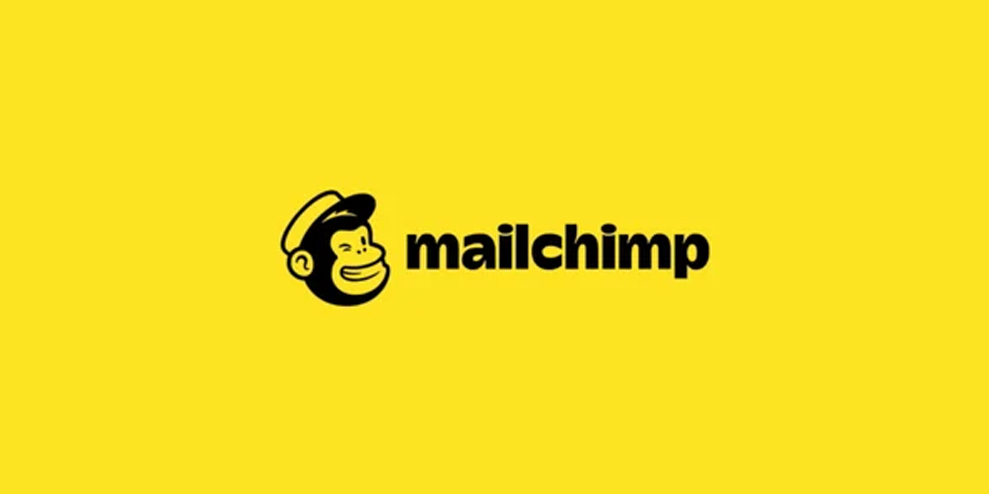Mailchimp’s branding, encapsulated by Freddie the winking monkey, is iconic. So why mess with a good thing?
Because even great branding has to change with the times. The company has grown from a newsletter distribution platform to a global marketing platform with a host of tools and services designed to help small businesses reach audiences. Now, it’s tasked with capturing customers’ attention on social media, YouTube channels, websites, and its own app. Enter a new motion identity system designed with DIA, a branding studio that has done kinetic identities and typographic animations for the likes of Squarespace and Nike. “The only motion we ever had was Freddie’s wink,” says Christian Widlic, a creative director at Mailchimp. “With everything moving digitally, and us moving more into media, we needed a kinetic identity.”
The most prominent aspect of the new identity is an outline of the chimp’s head, which fills a screen then shrinks back down. From the outline, DIA developed a set of abstract, organic forms with improvised curves that can be used as image frames, or as transitions in videos. “It provides a flexible framing device,” says Mitch Paone, partner and creative director of DIA. (For now, the animations have been rolled out on the company’s YouTube webinars, but they will soon be rolled out to the website and the app.)
One one hand, it’s a clever take on a brand known for embracing its eccentricity. In 2018, the agency Collins—whose client roster includes Spotify, Microsoft, and Coca-Cola—refreshed Mailchimp’s identity with humorous design touches and quirky drawings. This latest revamp ventures further into the weird, turning Freddie into a vehicle for anything the brand might need to grab a customer’s attention.[Image: Mailchimp]But for Jonathan Shariat, interaction designer at Google and host of The Design Review podcast, kinetic branding raises important questions about accessibility. “Not everyone experiences motion, animations, and colors flashing across the screen in the same way,” he says. What is fun and quirky to some might be annoying to others and even dangerous to still others.
Ultimately, brands like Mailchimp have to balance their goal of standing apart with basic usability. “Big bold animations would be great at attracting people to the brand when marketing but I think once within the app, the focus should be on the tasks users came to the brand to accomplish,” says Shariat. “No need to get the user’s attention when you already have it.”
…
This article first appeared in www.fastcompany.com
Seeking to build and grow your brand using the force of consumer insight, strategic foresight, creative disruption and technology prowess? Talk to us at +971 50 6254340 or mail: engage@groupisd.com or visit www.groupisd.com/story


